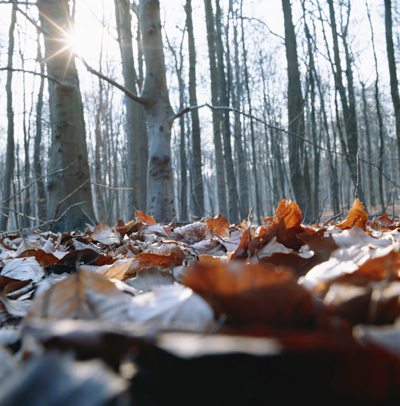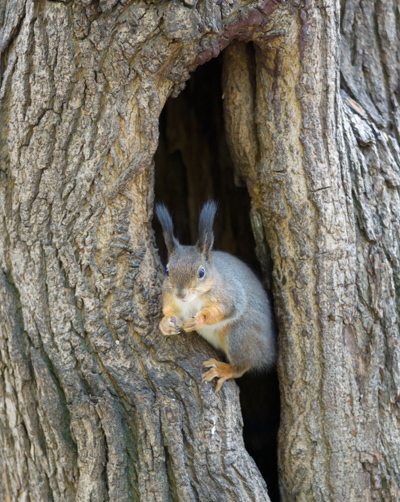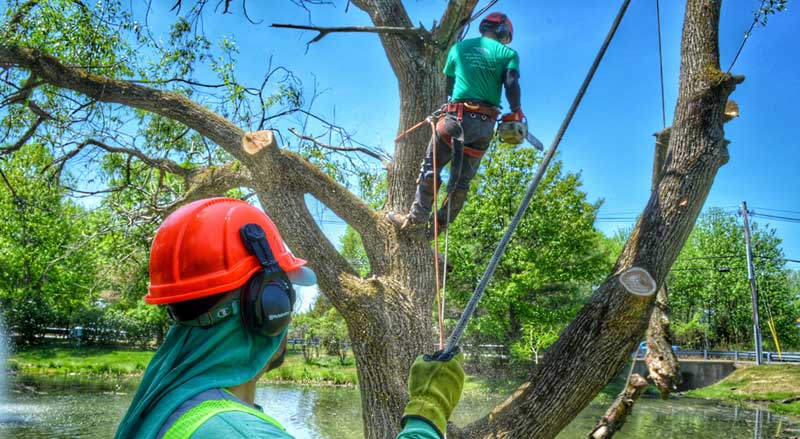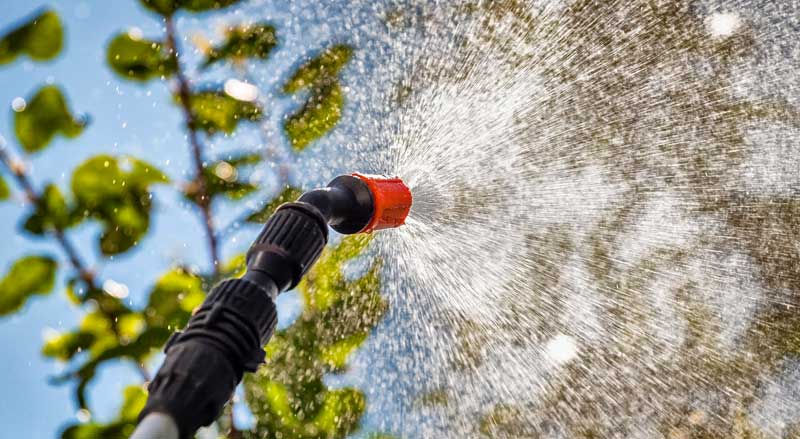Winter tree care is more than just recognizing you have a problem or emergency and looking for solutions. Providing winter care for your trees is a beneficial routine designed to maintain and protect your perennial assets and the future of your landscape. Follow these basic tips to ensure the safety of your trees this winter season.
The hardened frost of winter is almost here which means that trees, shrubs, and other plants won’t be getting the same amount of nutrients or water as in they do in other seasons.
Many people prepare their landscape for the winter by gathering leaves, draining their sprinklers or putting away their barbecues but forget to put a winter tree care plan into place.
Prepare Your Trees for Winter
Preparing your trees for winter involves assessing the condition of each tree’s bark, roots and limb stability. This will help eliminate hazardous issues that may arise due to wind or heavy snow. If a tree has significant damage it may be beneficial to remove the tree or call an expert for advice. After assessing your trees, trim and prune them so that water and vital nutrients are not trying to make their way to dead areas of the tree. Next, consider these three factors that will affect your trees’ health over the next few months.
Cold Stress
The drastic change in temperature from day to night during the winter can lead to stress on a tree’s bark. Mature trees that are in the southwest portion of your landscape have the greatest potential to be harmed from the wind and cold. If you see signs of cracking on your tree’s bark consider a tree blanket to delay any further damage. Younger trees are less likely to need covering because their smaller trunks will adapt to the temperature fluctuations with more ease.
 Winter Drought
Winter Drought
Even though snow and ice will being laying on grass and walkways soon, some trees will still have difficulty acquiring water. When the ground freezes, trees can’t pull in enough water. Provide supplemental water right up until the ground freezes.
Give your trees a fertilizer treatment specific for root care and maintenance. Fertilizers that promote leaf growth will hinder the tree’s ability to lie dormant during the winter months.
Lay a two-inch layer of organic mulch around the bottom to help hold in moisture and heat. Allow a few inches of space between the base of the tree and the mulch.
Mulch will help the base of the tree stay protected, catch water and stay warm.
 Protect Your Trees from Damage Caused by Rodents
Protect Your Trees from Damage Caused by Rodents
During your winter tree inspection, check for pieces of missing bark or scratches on the trunk as they may be signs of rodent damage. If a problem is detected, consider seeking advice promptly before the issue gets out of control.
To prevent and track rodent damage during the winter, leave space between the mulch and the base of the tree.
You may also want to invest in an organic deterrent to spray around the bottom of the trunk.
Being proactive with a winter tree care plan can reduce the damaging effects caused by harsh winter weather conditions.
Your efforts in the fall will help your trees bounce right back to provide new growth in the spring.










